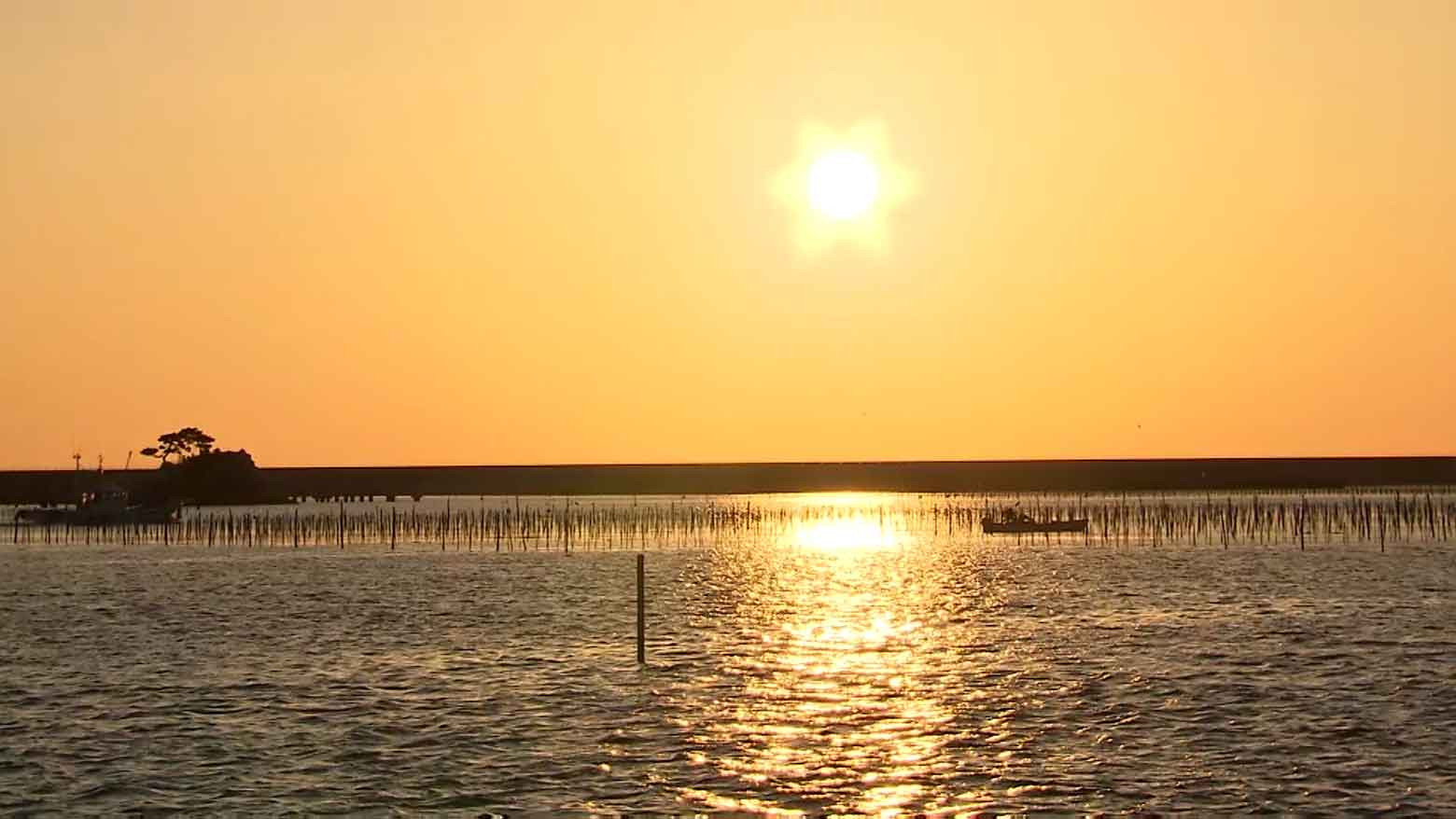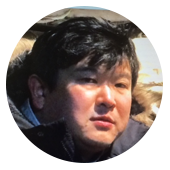Last year, the Japanese government and the plant operator announced they would solve the problem of accumulating water at Fukushima Daiichi by treating it and releasing it into the ocean.
Most radioactive materials will be removed, except for radioactive tritium which will be diluted to safe levels before being released. But concerns about the plan remain among local fishermen.
The release is set to start in just over a year, and people in the fishing industry worry it could make their dire situation even worse.
A decade of struggle
Sato Yukihiro is based in Soma City, Fukushima Prefecture. He uses a trawler to catch flatfish and greeneyes among others.
The 2011 nuclear accident forced many fishermen to suspend inshore fishing. The following year, they restarted operations on a test basis, where every fish caught is checked for radioactivity before being shipped to market. The catch remains only about 20 percent of pre-accident levels.

Sato’s operation remains limited, mainly because of a lack of demand. "There’s a long way to go," he says. "It’s frustrating."
Last year, Sato started to increase his catch with an aim to resume full-scale operation.
He is among many people wary about the possible impact of the planned release of the water into the sea.
Those concerns persist despite assurances from the plant operator that the tritium contained in the treated water is well below national standards, and about one-seventh of the level the World Health Organization suggests for drinking water.
"We take pride in our fish. But some people think they’re contaminated. It’s frustrating and demotivating," he explains.

Eliminating public concerns
Also in Soma City, Hisata Norio has returned to what was once his main source of income: cultivating and processing edible seaweed. The tsunami destroyed a building that doubled as his home and processing plant.
Hisata plans to increase production and return to his mainstay business, but he’s worried about the impact of the treated water.
He is calling on the government to promote public understanding about the safety of the plan.

"It’s a problem if Fukushima’s fishery products don’t sell," he says. “The government seems to have been slow in addressing public concerns. I want them to act proactively.”
Sato and his colleagues want the government to do a better job convincing people that the ocean is safe to fish from. "We feel we’ve been making steady progress toward full-scale operation since the disaster. I just don’t want the government to spoil it."

